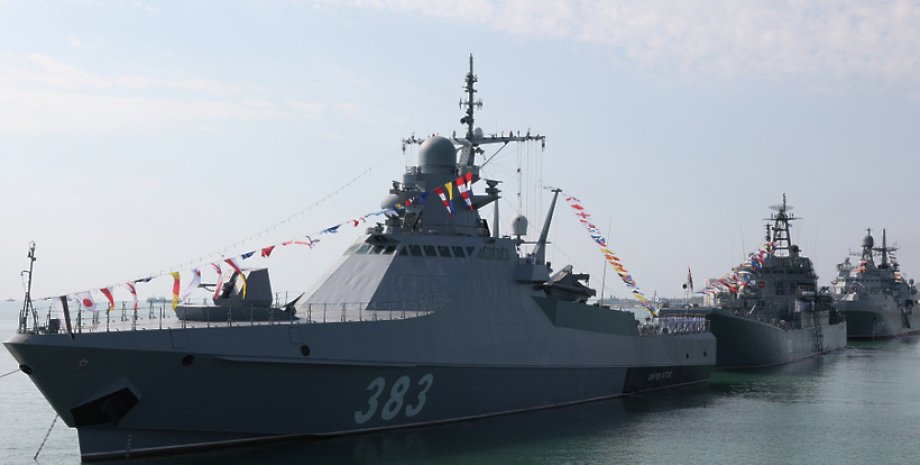
They appeared for seven days at the same distance from each other. Last week, the GUR press service said that Russia planned to flood at least six vessels near the bridge - and create a kind of protective line. Bonov barriers should be present between the sunken ferries. On the footage for August 19, no objects are visible to the south of the bridge, but already on August 21 there are two vessels. Two days later, on August 23, another ship appeared on the water surface.
By August 26, six objects (about 30 meters long) and in the same positions darkened. Experts believe that this may indicate that they are underwater. According to the former head of the Analytical Center Royal United Services Institute (Rusi) for Michael Clark's security and defense, the use of such blocking vessels in a strategic place to create a physical obstacle, a defensive strategy is widespread.
But the Armed Forces of the Russian Federation for the first time resorted to this since the beginning of the invasion of Ukraine. "The area is quite large, so it would take several vessels and some barriers between them. These can be steel chains that would stop any oncoming movement," Clark explained. He added that flooded vessels are probably the best in the arsenal of protective equipment of the Armed Forces of the Russian Federation to counteract marine drones.
"Ukrainians have developed a reasonable technology, and Russia applies a strategy for 200 years ago and melts ships-an old response to a new threat," he explained. The same has happened in the history of Crimea. In 1854-55, dozens of ships were flooded to make the Sevastopol bay inaccessible to the Anglo-French fleet and to protect Sevastopol. Initially, seven outdated frigates were flooded, several others followed them. A monument to flooded ships is considered an emblem of the port city.


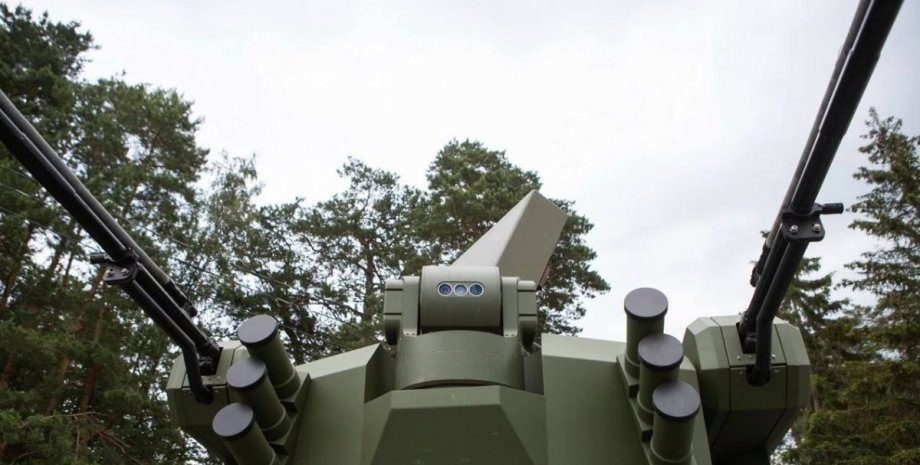
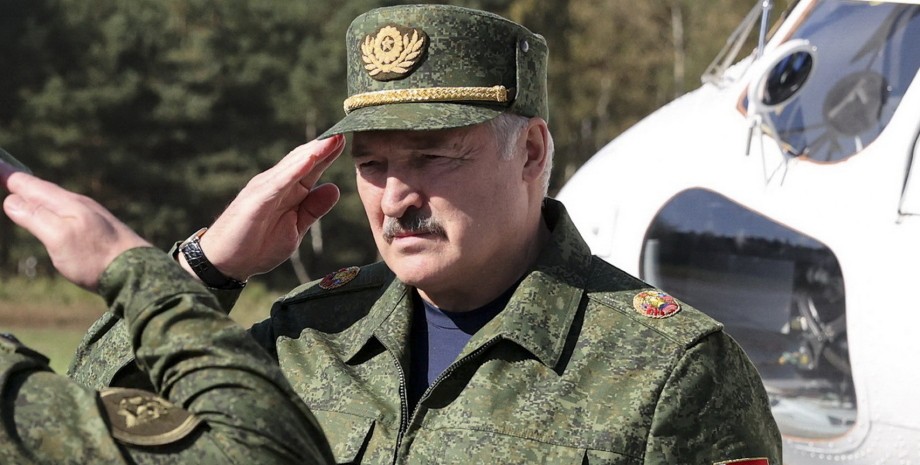
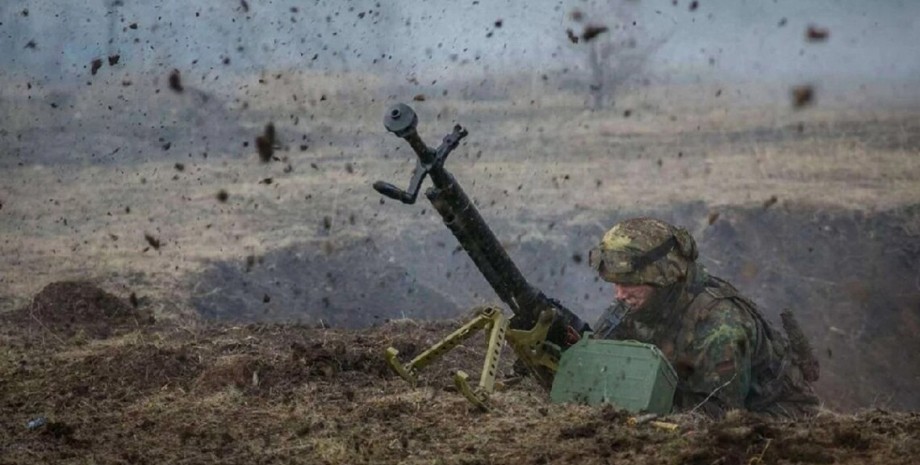

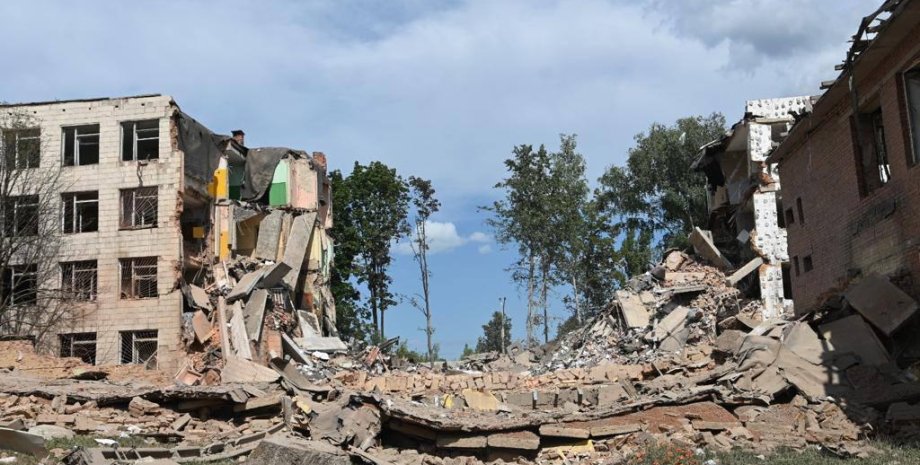
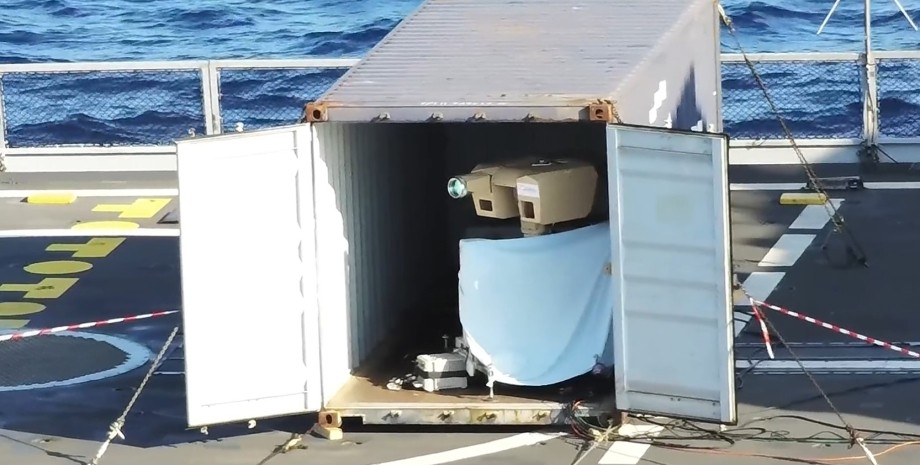

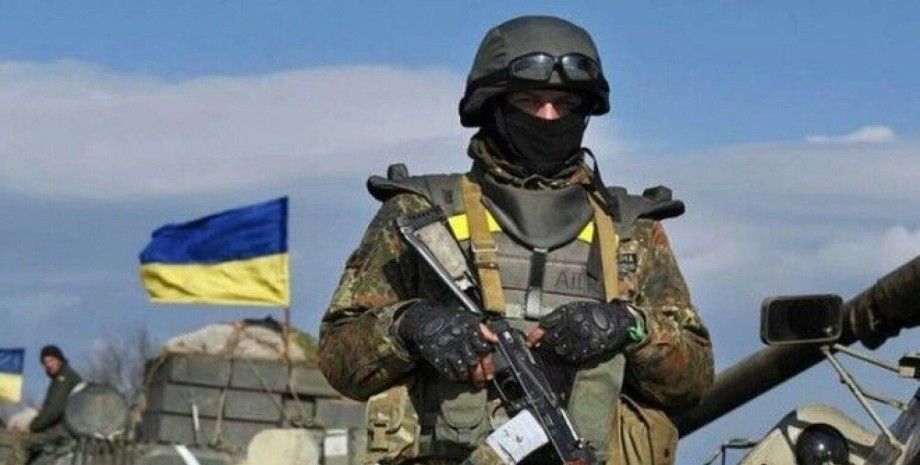
All rights reserved IN-Ukraine.info - 2022